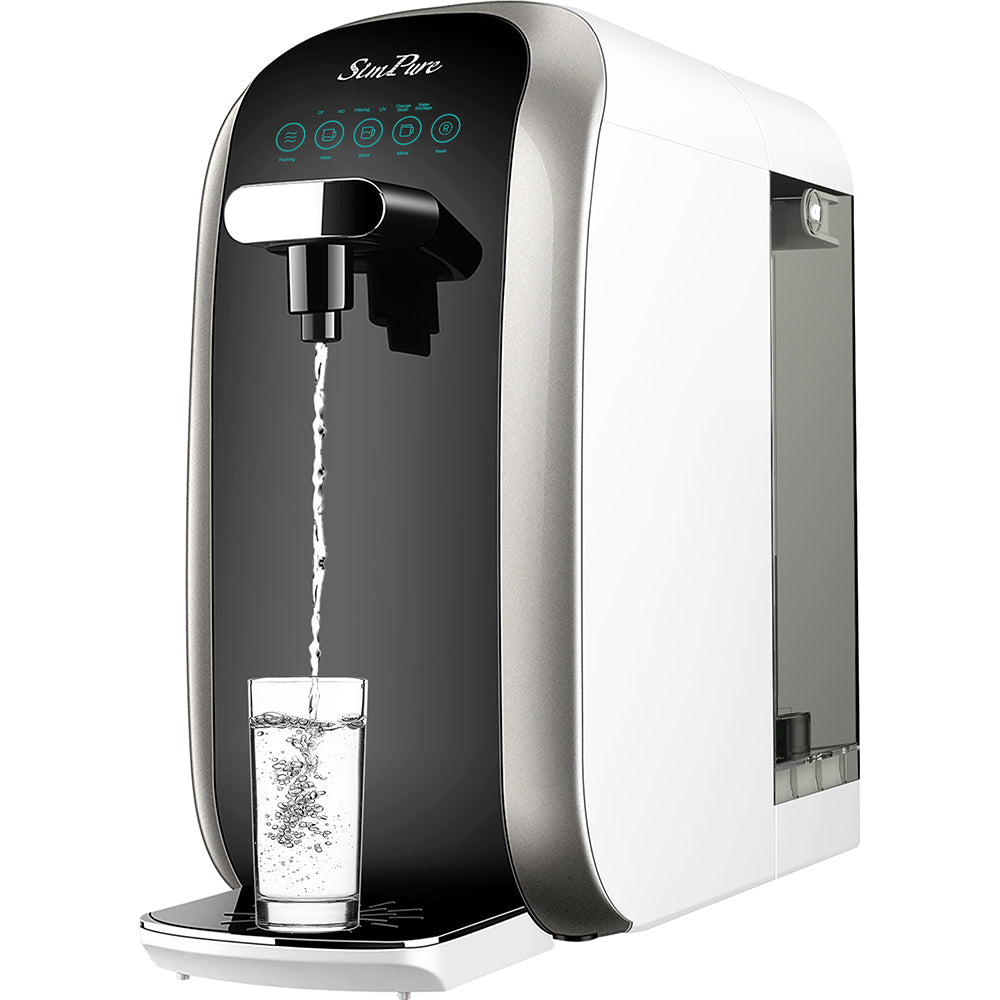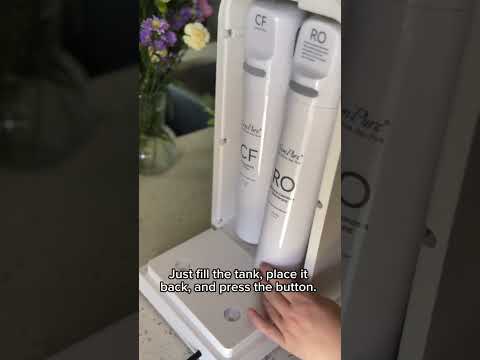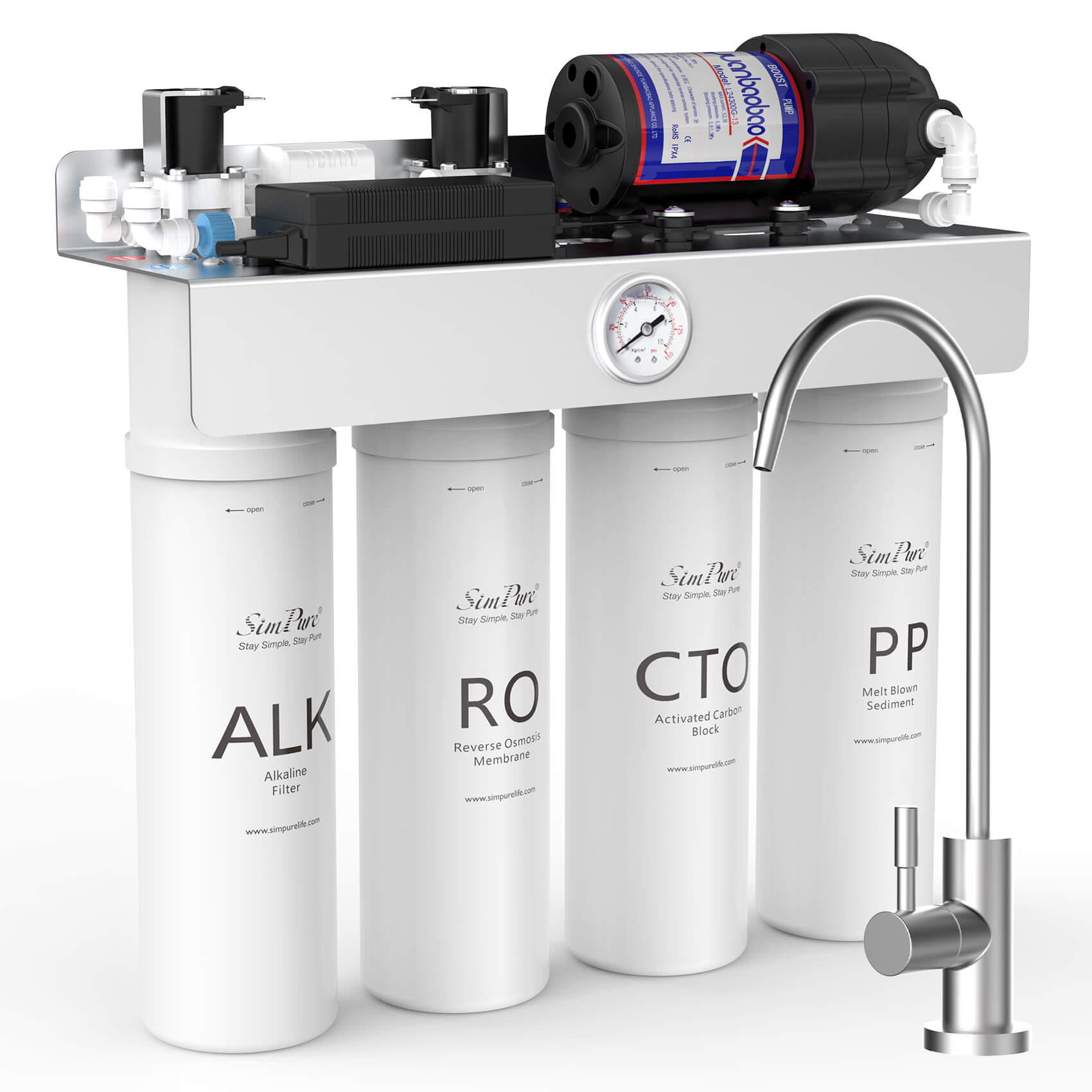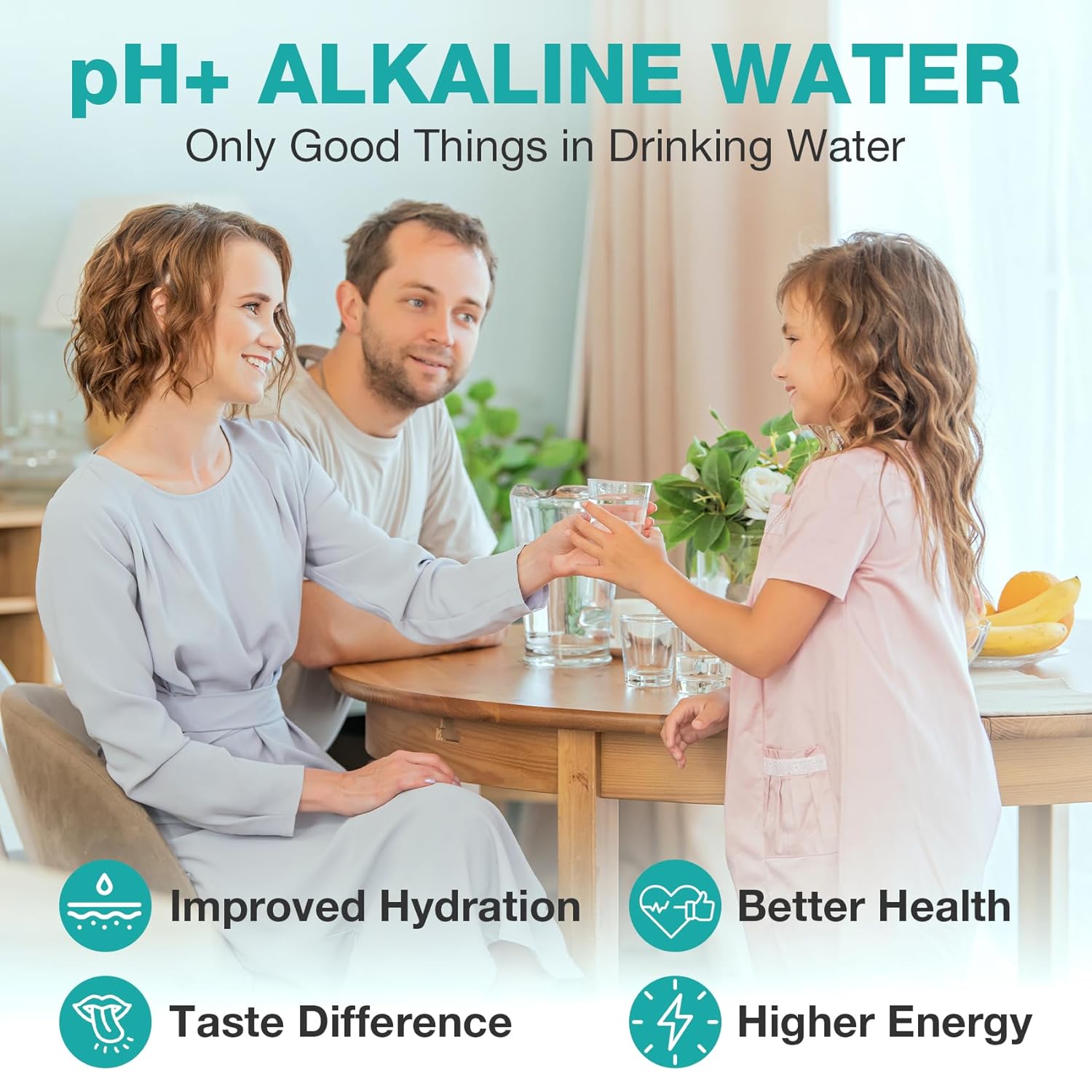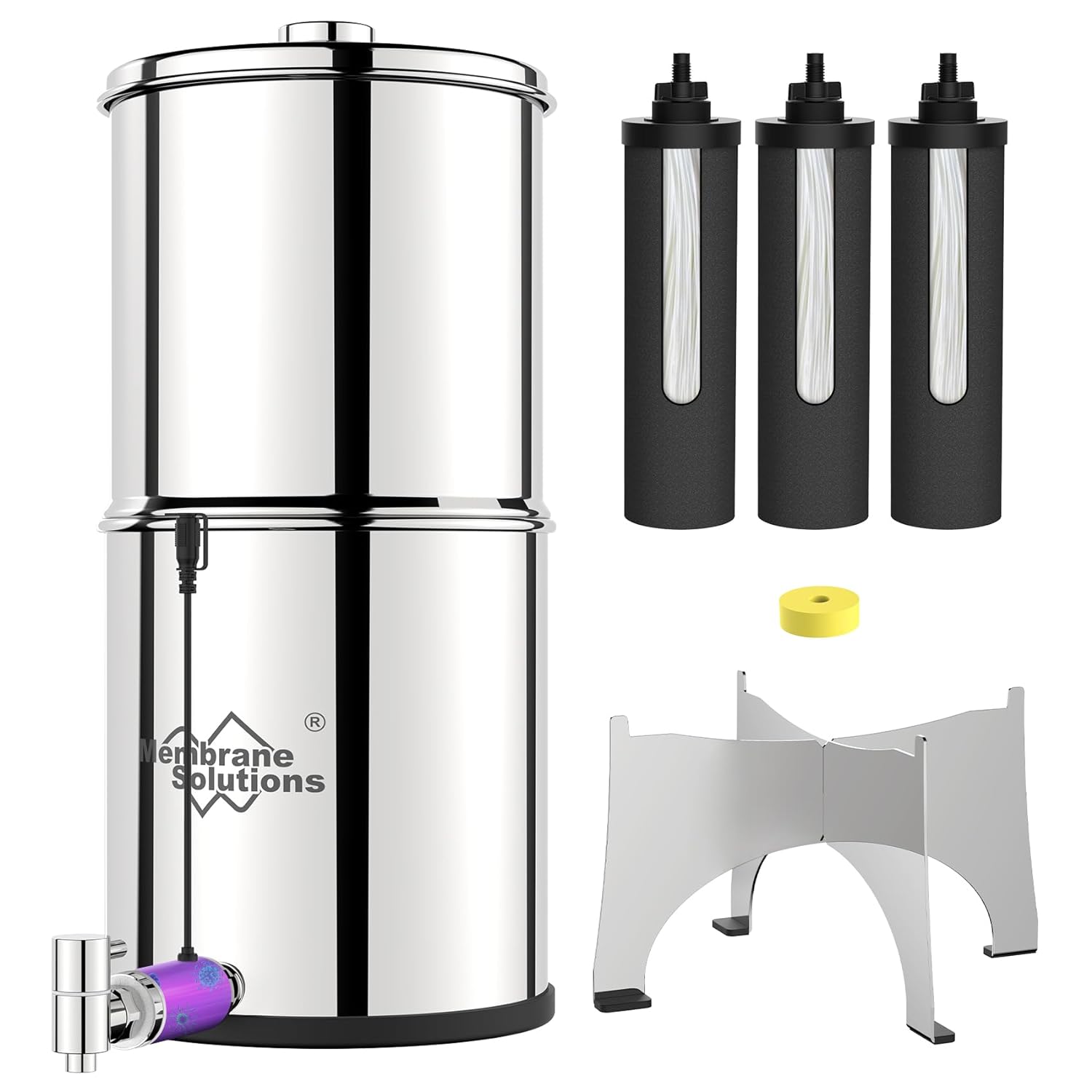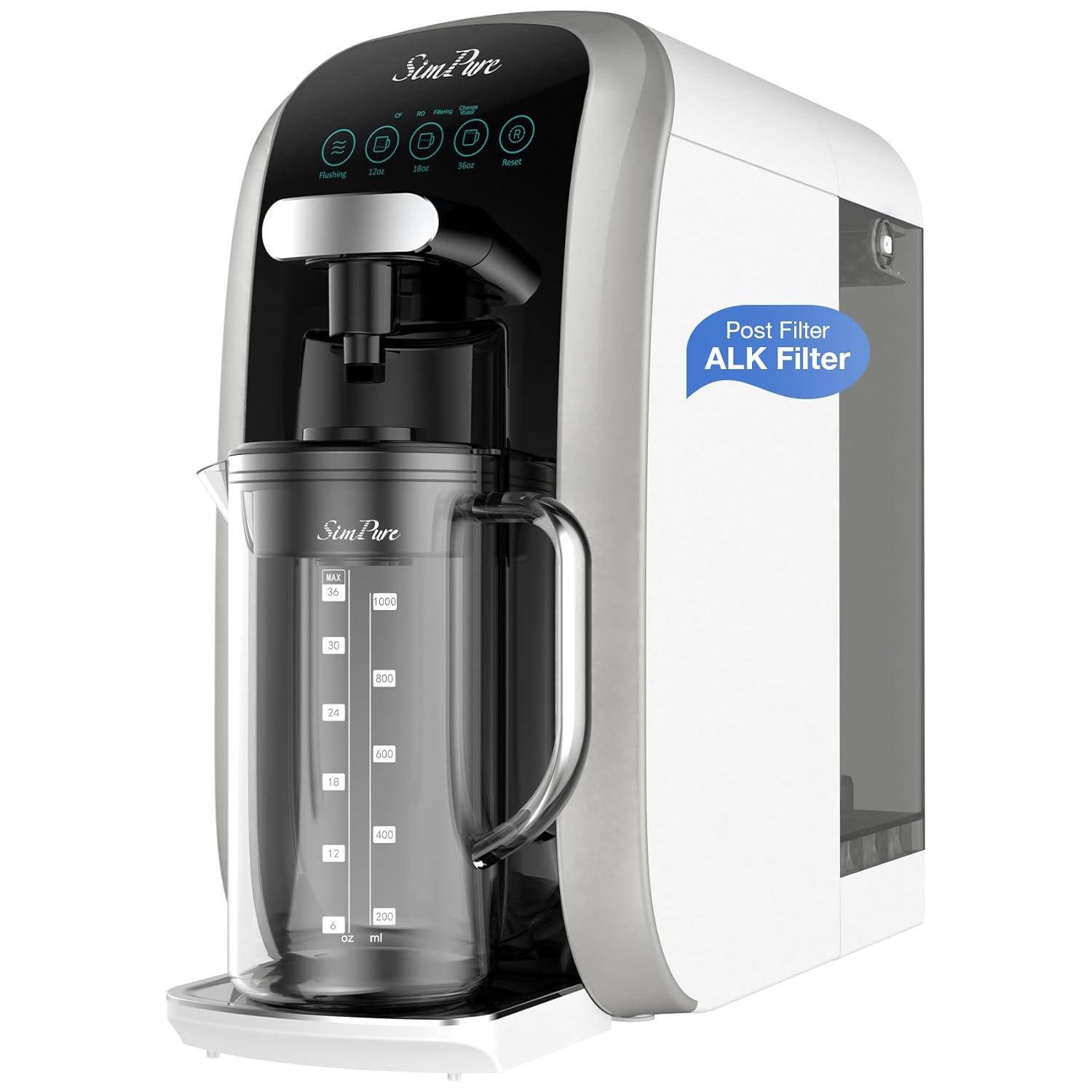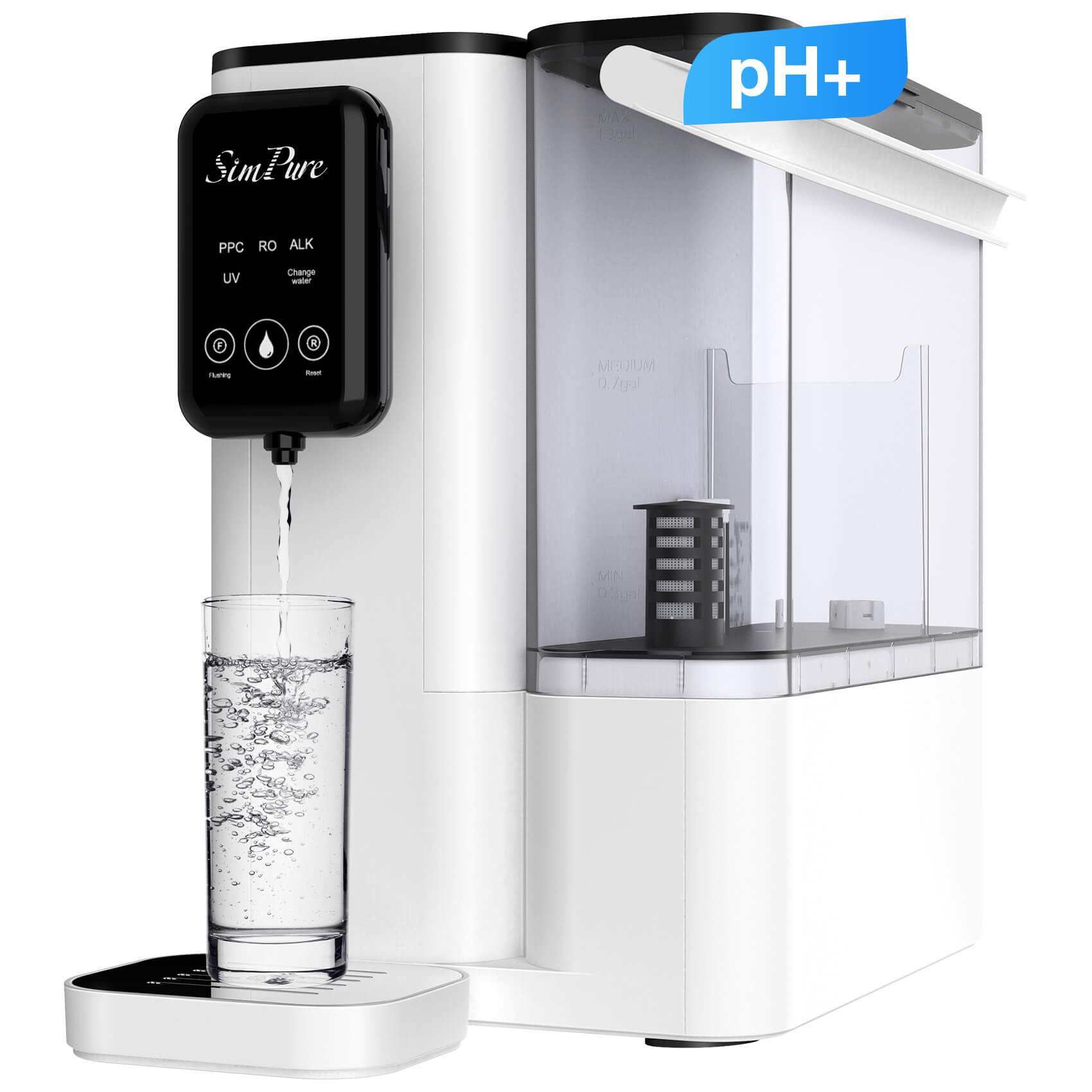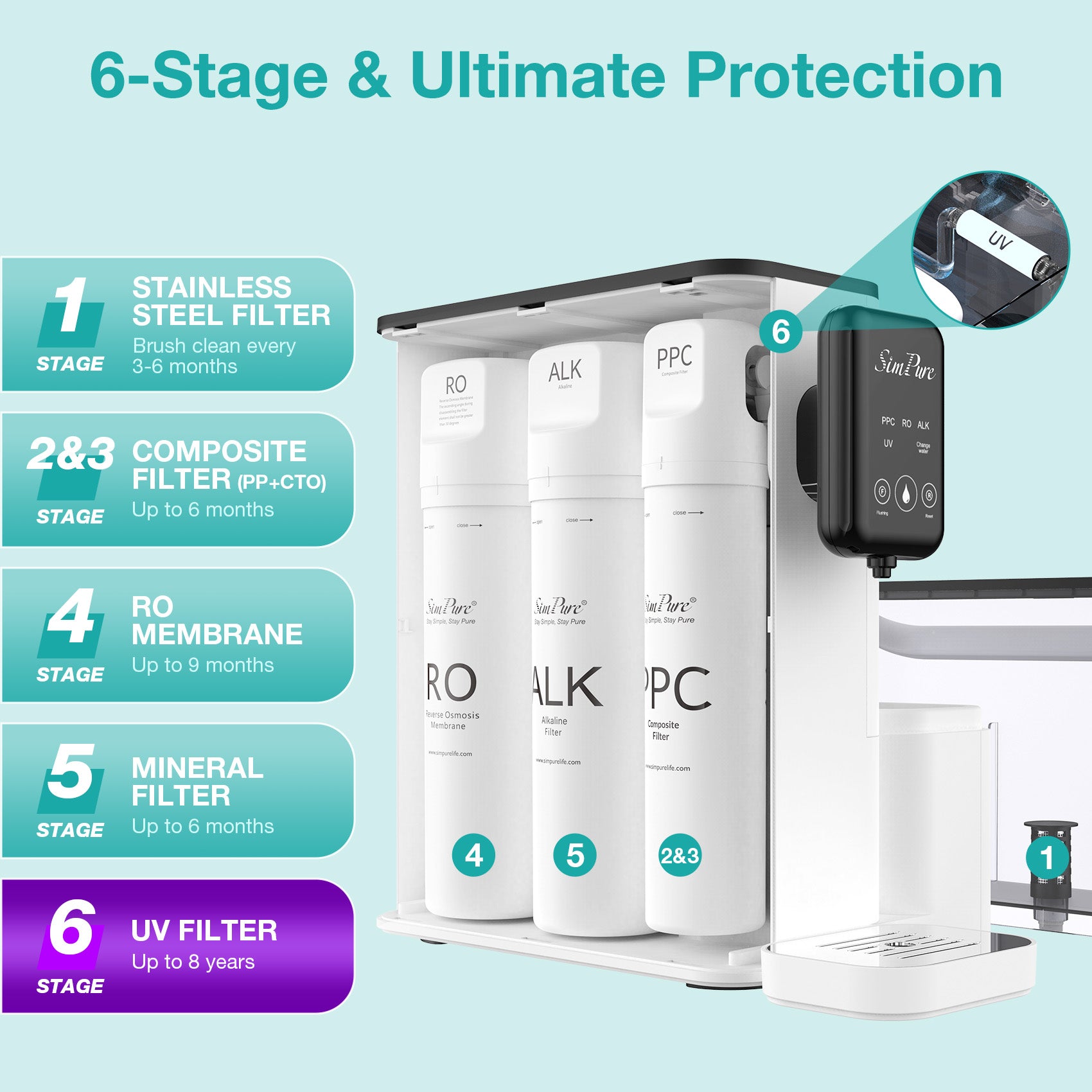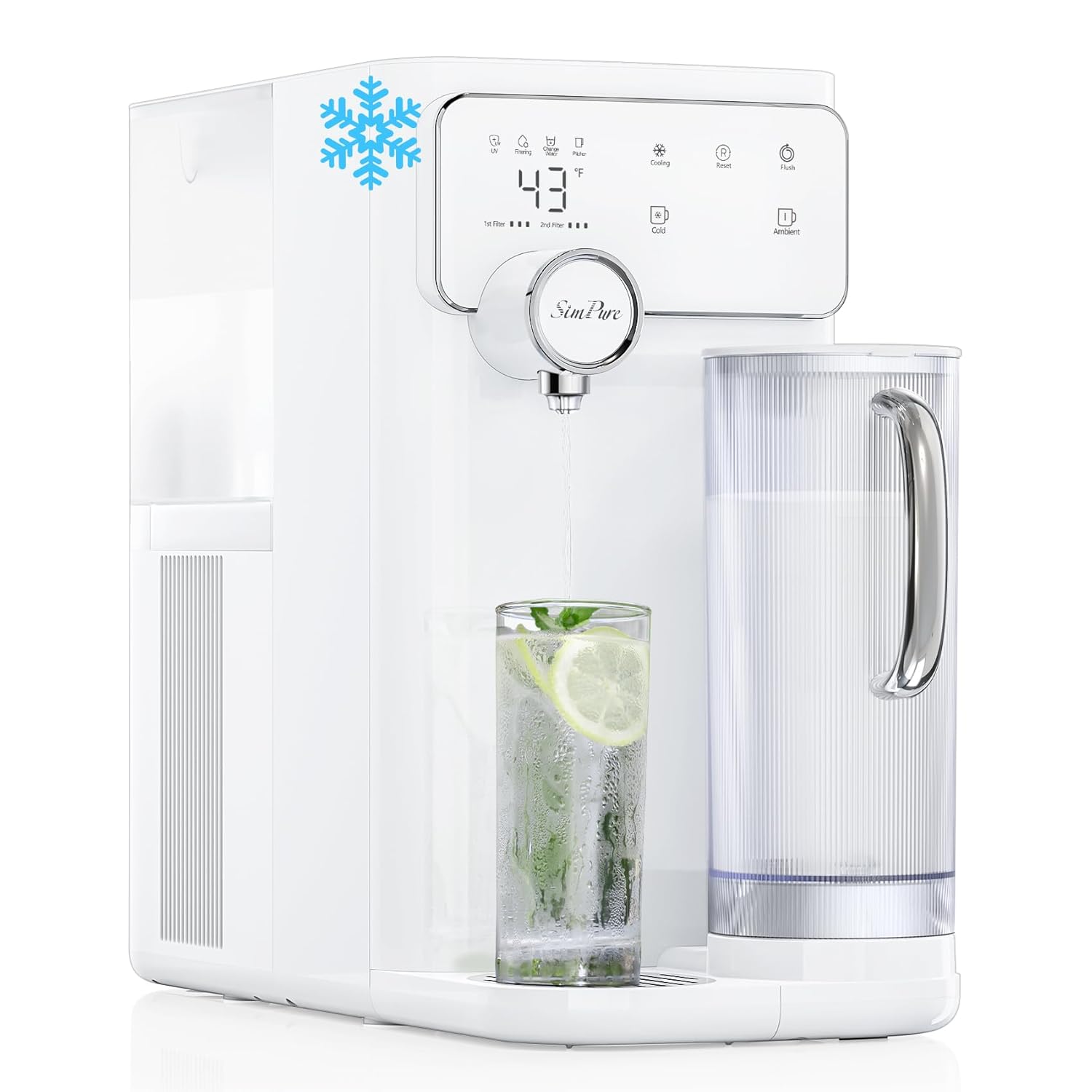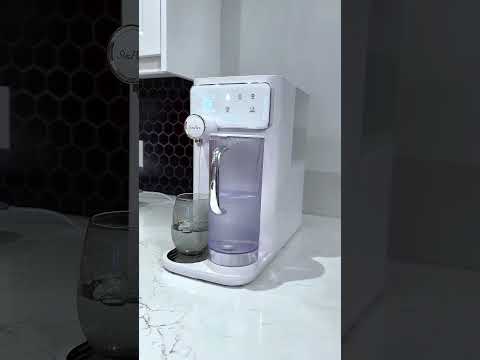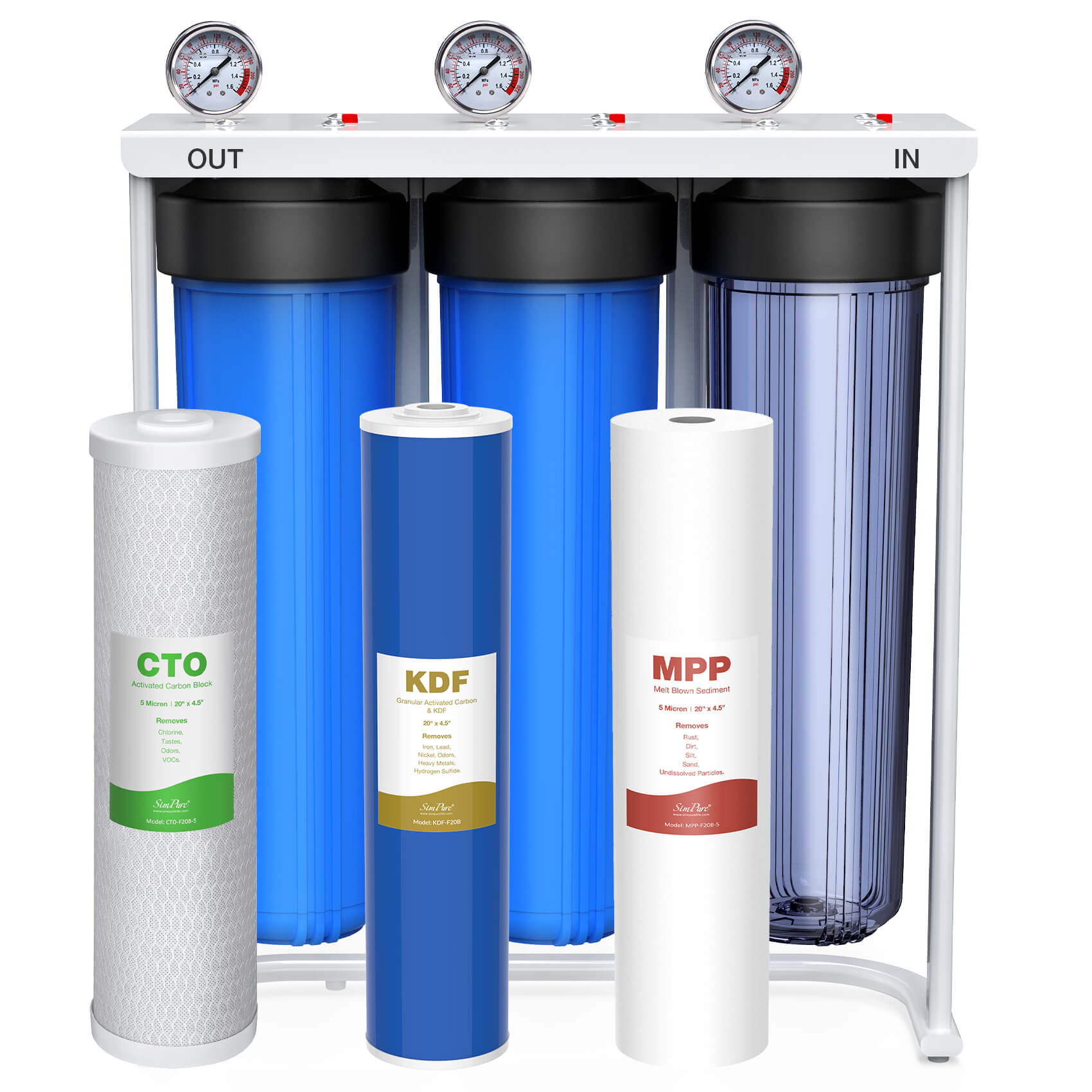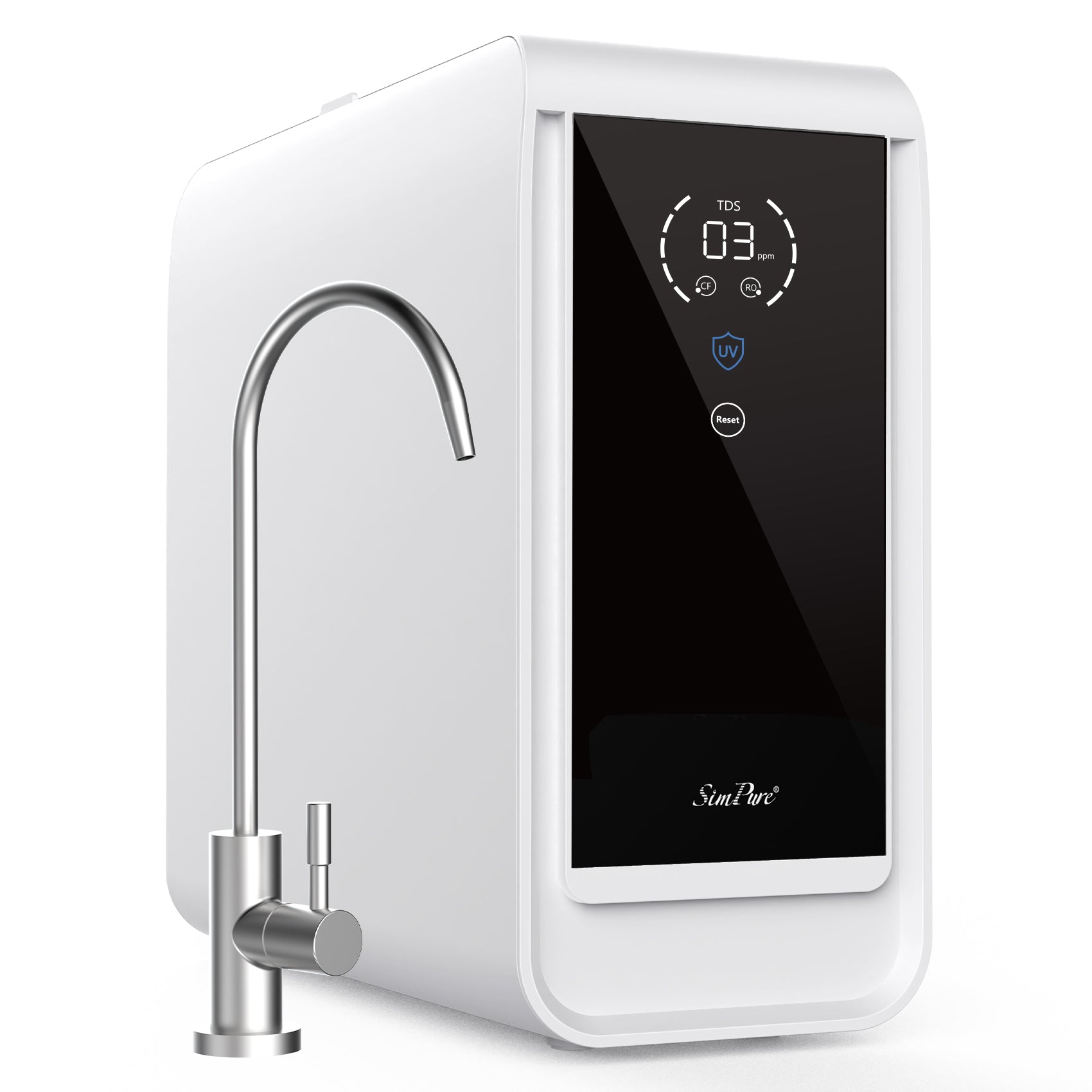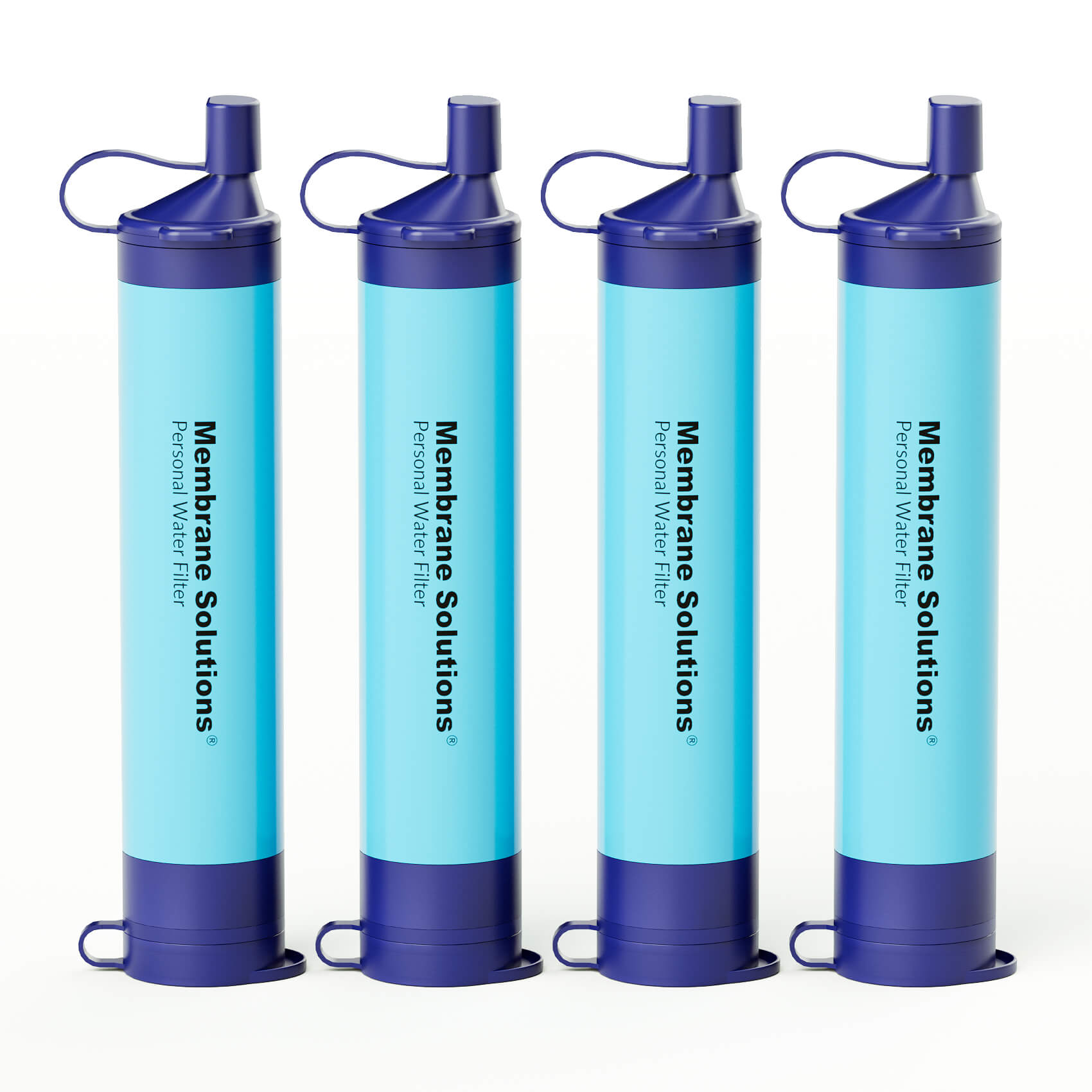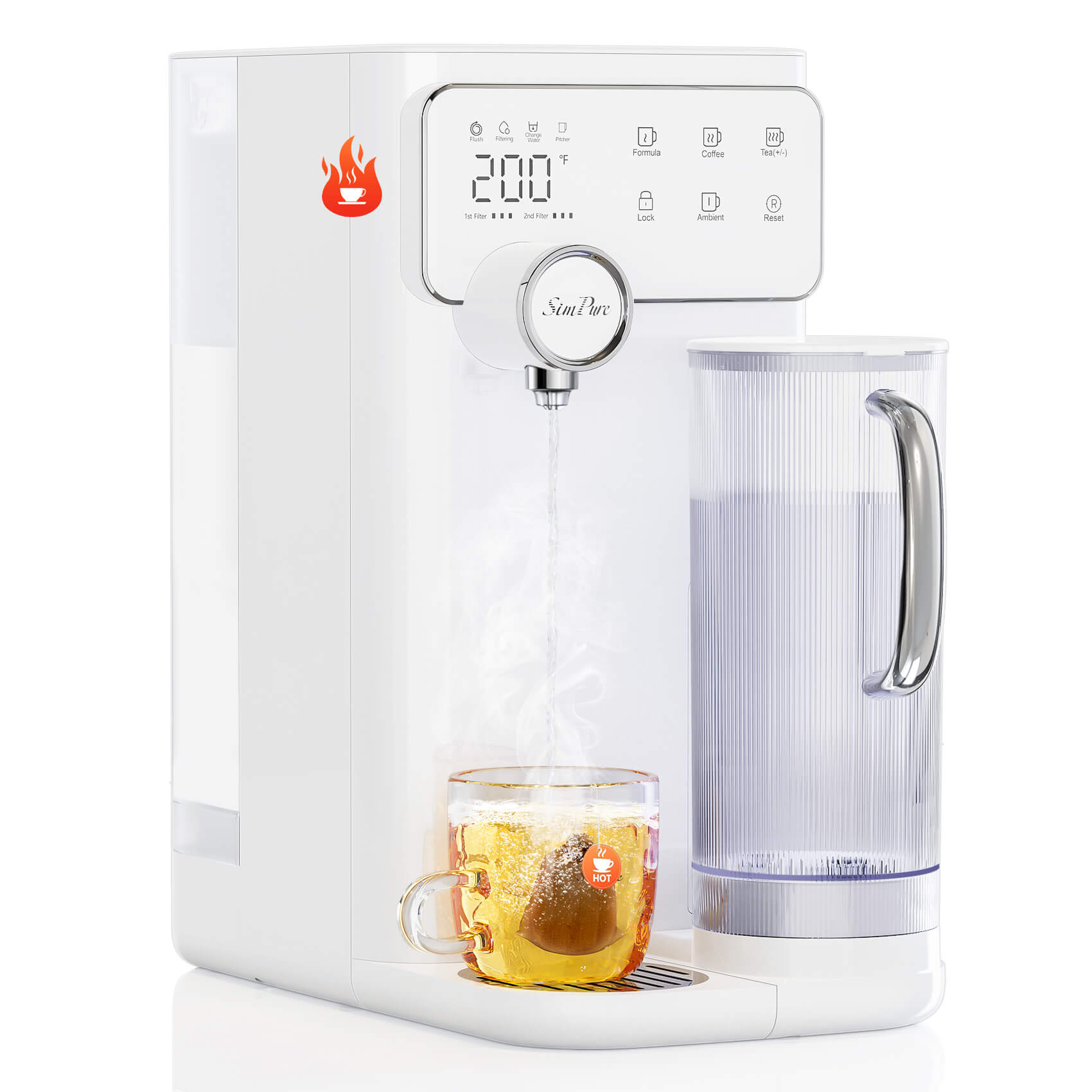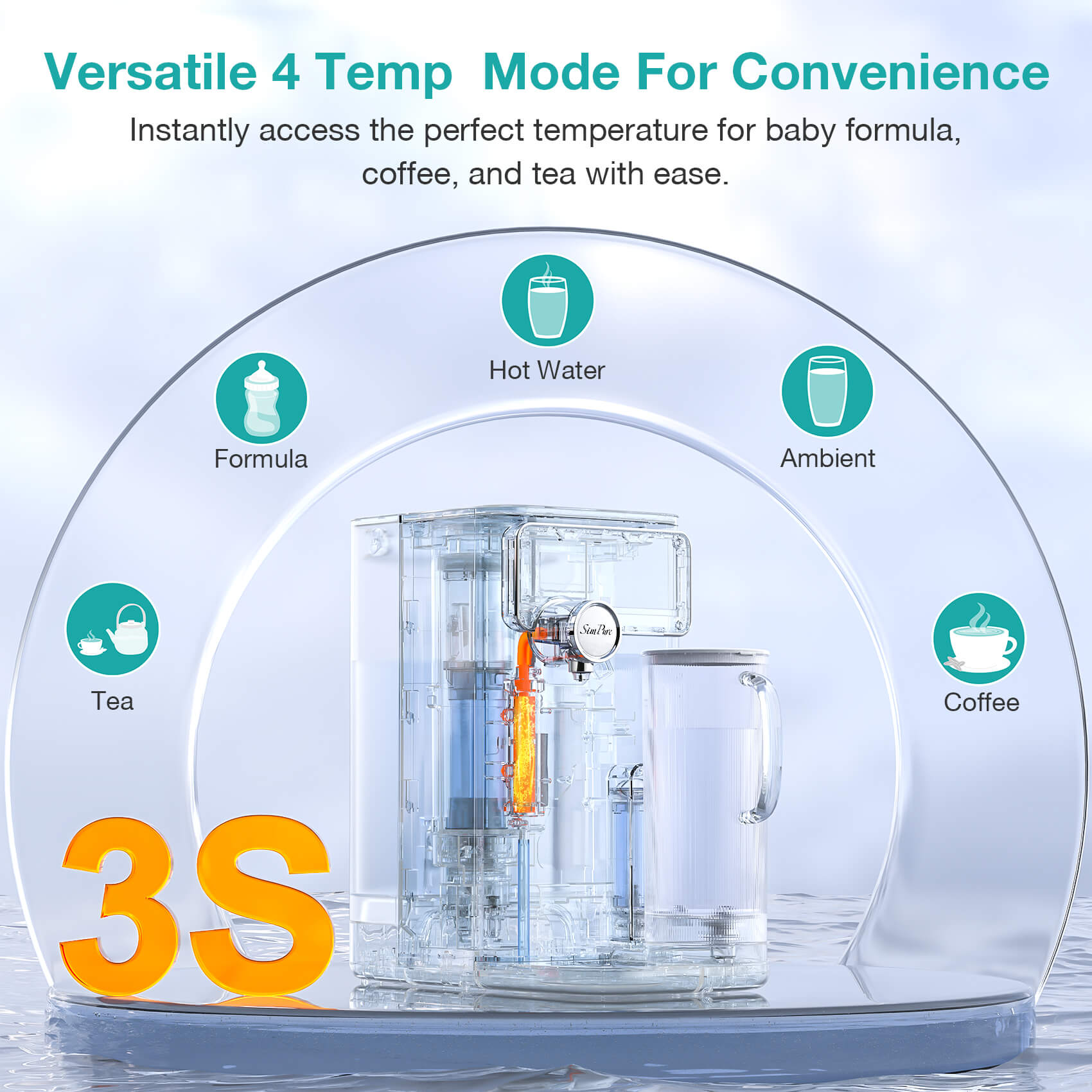You bought a reverse osmosis system for safer drinking water—but now you're hearing it might remove essential minerals like calcium too? That’s confusing, right? Don’t worry. In this article, we’ll clear things up. You’ll learn exactly what RO systems remove, what they don’t, and how to bring back the good stuff—without giving up clean water.
Does a Reverse Osmosis System Remove Calcium?

If you’re using a reverse osmosis system, you might be wondering: Is it also removing the calcium I actually need?
Yes, it is.
Calcium, along with other trace minerals, is filtered out by the fine membrane inside RO systems. That’s how they produce such ultra-pure water. But this also means you’re drinking “demineralized” water—something that’s become a hot topic among health-conscious users. Is it good? Bad? Necessary? Let’s break down exactly how RO systems remove calcium and what that means for your daily hydration.
How Reverse Osmosis Works?

Reverse osmosis works by forcing water through a semi-permeable membrane with pores as small as 0.0001 microns. These pores are small enough to remove up to 99% of dissolved solids, including heavy metals, salts, bacteria, and even minerals like calcium and magnesium. While highly effective for purification, this process also strips out beneficial minerals, resulting in demineralized water with a very low Total Dissolved Solids (TDS) level. Specificly speaking, RO also removes:
Magnesium – Essential for muscle and nerve function
Potassium – Important for heart health
Sodium – Especially relevant for those on low-sodium diets
Trace Minerals – Such as iron, zinc, and copper
What Cannot Be Removed by Reverse Osmosis?
Reverse osmosis is highly efficient at removing most contaminants, but there are some substances that may not be completely removed, depending on their chemical properties. For example:
●Chlorine: While RO membranes are somewhat resistant to chlorine, they are damaged by chlorine over time, so most RO systems use a pre-carbon filter to remove chlorine before it reaches the membrane.
●Pesticides & VOCs: Many pesticides and VOCs are small molecules, but some can be removed by the RO membrane. However, certain non-polar or low molecular-weight compounds may pass through the membrane without additional help, like activated carbon filters. For these, it’s recommended to have dual-stage filtration (RO + activated carbon) for better removal.
●Dissolved Gases: Gases such as carbon dioxide (CO₂) and hydrogen sulfide (H₂S) aren’t easily removed by RO membranes because they are non-polar and can pass through with the water molecules. These gases can affect taste and acidity, so post-treatment like air venting or special filters might be necessary.

For the most thorough filtration, RO systems with multi-stage filtration (including activated carbon, UV sterilization, or remineralization) - like SimPure RO systems provide comprehensive solutions to address the full range of contaminants, both those that RO can’t fully remove and those that require additional purification steps.
Then, Is Removing Calcium a Concern?
Yes, removing calcium can be a concern, especially for individuals who rely on tap water as a minor dietary source of essential minerals. Calcium plays a vital role in bone health, muscle function, and nerve signaling. When reverse osmosis removes calcium and other trace minerals, the result is demineralized water that lacks nutritional value. However, it is not a big problem. We can obtain sufficient calcium through the following sources:
Dairy Products: Milk, cheese, and yogurt.
Leafy Greens: Kale, okra, spinach, and broccoli.
Calcium-Fortified Foods: Soy milk, almond milk, and cereals.
Drinking Water: Tap water and natural mineral water can contain trace amounts of calcium.
While most people get sufficient calcium from food, some experts question whether long-term consumption of mineral-free water could impact health or hydration. For this reason, many users seek ways to remineralize RO water or choose systems that restore essential minerals after filtration. Let us discuss in the next section.
How to Deal with Mineral Loss from RO Water?
But don’t worry, there are easy ways to fix that! Here’s how you can deal with mineral loss from RO water and make sure your drinking water stays both safe and healthy.

●Use a Remineralization Filter – Adds calcium and magnesium back into RO water.
●Drink Mineral-Rich Foods – Eat leafy greens, nuts, and seeds to replenish minerals.
●Add Trace Mineral Drops – A few drops can rebalance your water easily.
●Use Alkaline Pitchers – They both remineralize and raise water pH.
●Mix with Mineral Water – Combine RO water with natural mineral water.
For the detailed methods, you can read our preevious blog: How to Add Minerals to Ro Water Naturally.
SimPure’s Best Solution: Remineralizing RO Systems
If you're concerned about losing essential minerals from RO water, SimPure offers the perfect solution. Our remineralizing reverse osmosis systems not only remove harmful contaminants but also restore vital minerals like calcium and magnesium—helping you stay healthy and hydrated.
The SimPure Y9A is a stylish countertop RO system with built-in remineralization. It's compact, easy to install, and ideal for apartments or offices. It ensures every glass of water tastes clean, balanced, and mineral-enhanced. Click the picture to learn more about SimPure Y9A!
For under-sink installation, the SimPure T1-400 ALK provides high-capacity filtration with remineralization. This tankless system saves space while delivering clean, alkaline water straight to your kitchen faucet. Click the picture to learn more about SimPure T1-400 ALK !
To conclude, reverse osmosis systems do remove calcium, along with many other contaminants. While this ensures high water purity, it can also leave your water demineralized. But there are effective, easy ways to restore essential minerals. Whether through a balanced diet or advanced RO systems with built-in remineralization, you don’t have to sacrifice health for clean water. SimPure offers reliable solutions like the Y9A and T1-400 ALK to help you enjoy the best of both worlds. Just explore to learn more~




